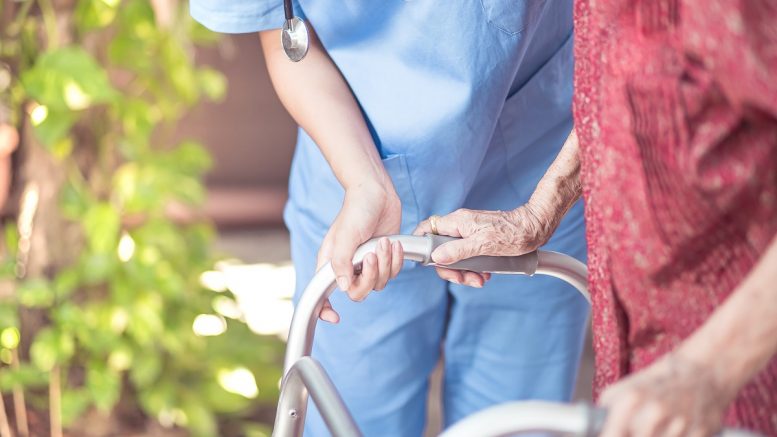Molly Bartlett, Clinical Safety Officer at KareInn, discusses how care homes can ensure the sector’s digital takeover keeps resident safety front and centre.
The Social Care Institute for Excellence, has described care planning as “a conversation between the person and healthcare professional about the impact their condition has on their life, and how they can be supported to best meet their health and wellbeing needs in a whole-life way.”
As the government’s goal to get all social care providers to use digital care planning systems by March 2024 continues at a steady pace, we’re now seeing, time and time again, that digital care planning systems are better enabling those conversations.
Digitising paper processes is already helping to improve interoperability and cross-functional collaboration, and when it comes to clinical safety, it will continue to drive up standards. But as we face an ever-aging population, medical histories becoming longer, and health and care is becoming more complex – concerns about data security in health and social care are paramount. Especially in an age where cyber threats are becoming increasingly sophisticated. Clinical safety is unsurprisingly the first point our care homes partners wish to discuss when embarking on their digital journey, and it’s something software providers should take the time to fully discuss.
Standardising safety
Digital care planning platforms are designed with robust security measures in place. They employ secure access controls and regular audits to safeguard sensitive information.
DCB 0129 and DCB 0160 are the two mandatory safety standards issued by NHS England, by which clinical safety requirements are addressed in health IT. They require manufacturers of health IT systems and care organisations to carry out a particular type of risk assessment on every product.
Taking the responsibility of the systems provider one step further is an in-house clinical safety officer (CSO), who is responsible for identifying potential risks and hazards within a clinical environment. The investment in a full-time CSO is not yet commonplace among systems providers. My role is to look at the system as a whole, seek out red flags, and ask, what could possibly go wrong? Working to NHSE’s safety parameters, I look at all possible eventualities to spot any potential risks to safety.
Enhancing accuracy
Another common misconception when it comes to the safety of digital care planning, is that it’s still widely believed that technology will take away, or at least reduce personalised care, and that caregivers will be spending more time inputting data into software, than at the resident’s bedside.
The reality is that digital care planning allows for the creation of highly customised care plans. It provides a structured framework where specific needs, preferences, and routines of each resident can be documented and easily accessed by caregivers, and with automated features and structured data entry, digital care planning can free up caregivers’ time from administrative tasks, allowing them to focus more on providing personalised care to residents. The care homes we partner with are saving 19,000 hours annually by using digital systems instead of paper, this time can then be redistributed to one-to-one care.
Digital can also empower care providers with real-time access to crucial information. This means that any changes in a resident’s condition or care plan can be promptly documented and disseminated to the relevant team members. In emergencies, this swift communication can be lifesaving.
One of the most significant advantages of digital care planning lies in its ability to enhance accuracy. We know that traditional paper-based systems are inherently susceptible to human error. In contrast, digital platforms provide standardised templates and intuitive interfaces, reducing the likelihood of miscommunication. With structured data entry and automated prompts, care providers can ensure that details are recorded accurately, promoting more secure, and higher quality of care.
Fear of the unknown
Care providers are great at finding work arounds. When faced with a problem, we will find a solution, no matter what. Yet while we are great innovators, we’re also afraid of change. Providing the framework and the support needed to ensure everyone is up to speed on best practices for patient safety is an integral part of a CSO’s role.
The tried and tested security measures integrated into digital platforms ensures that the future of care planning is not only safe but also an essential tool for elevating the standard of care. Embracing this technological innovation is a crucial step towards a future where residents receive the highest quality of care in an efficient, secure, and personalised manner.
Care providers are here for the same purpose, to improve care outcomes, standards and experiences. Clinical safety has been designed to keep the person in need of care at the forefront, and to ensure we continue to prioritise safety, we need to build bridges across the care sector to share information seamlessly, and technology will help to do just that.





